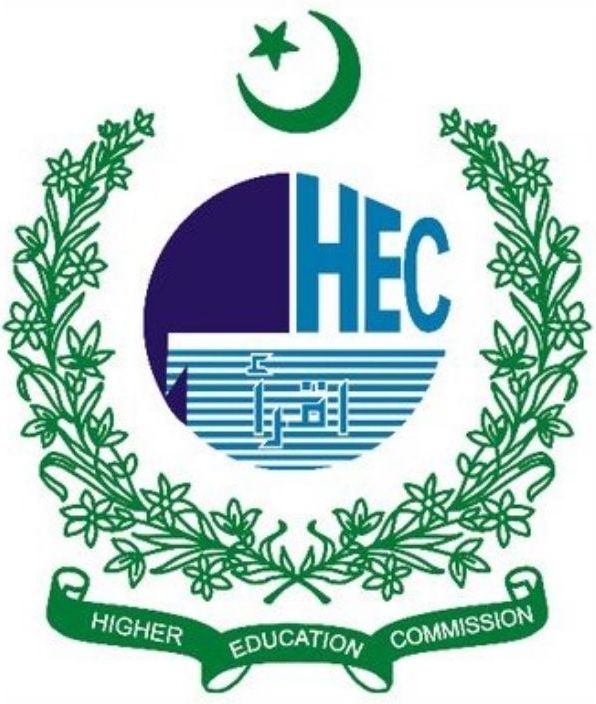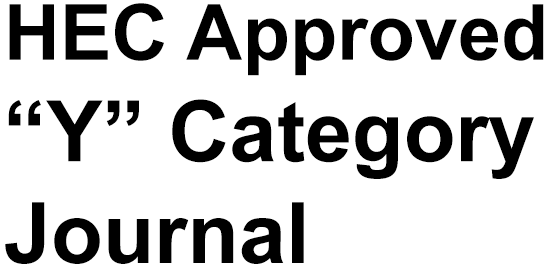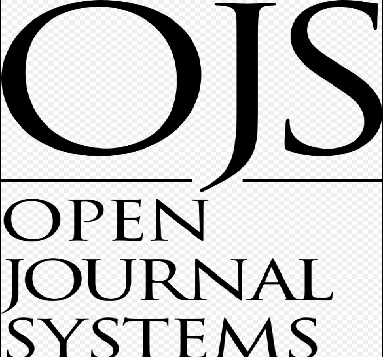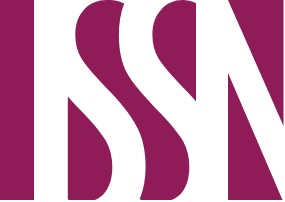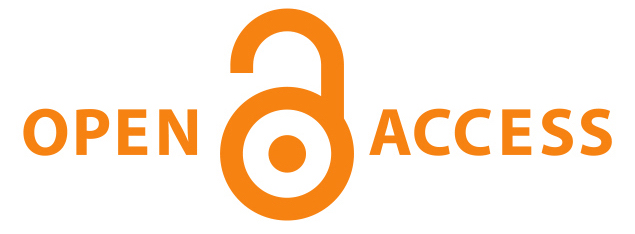The Nexus between Son Preference and Gendered Access to Education in the Tribal Areas of Khyber Pakhtunkhwa, Pakistan
DOI:
https://doi.org/10.63056/ACAD.004.03.0389Keywords:
Access to education, Son Preference, Tribal identity, Girls' education, Khyber PakhtunkhwaAbstract
Gender inequality in schooling and the lack of opportunities available to girls, particularly in tribal areas, significantly contribute to a tide of inequality that is difficult to reverse. The state of girls' education even deteriorates where communities managed to withstand both militancy and tribal culture. This study was conducted to investigate the sociological barriers that deter girls from pursuing education in District Bajaur, Khyber Pakhtunkhwa, Pakistan. To decipher the study's objectives, a comprehensive and descriptive literature review was conducted to employ a conceptual framework that examined the independent variable, "Son preference," against the dependent variable, "access to education." A quantitative approach was employed, covering 384 household heads (with girls of school-going age) as the sample for the present study, using a stratified random sampling technique. A comprehensive interview schedule was employed to gather primary data. The study employed various statistical tests, including multivariate and binary logistic regression, as well as univariate and bivariate cross-tabulation tests, and simple frequency analysis, to verify its objectives. The study concluded that social factors have hurt girls’ education, with significant effects not only on their educational outcomes but also on their development and the overall community. To achieve more just and developed communities (as envisioned in the SDGs), access to education is a vital responsibility shared by parents, the community, and the state. Analyses of the data yielded formulation of macro and micro set of recommendations; conducting survey of district bajaur and similar tribal areas and developing projects for negotiating with donor agencies for promotion of girls’ education on long term basis; designing high level advocacy/ awareness campaign engaging all stakeholders and evolving financial incentives for students, teachers and parents for completion of education ladder.
Downloads
Published
Issue
Section
License
Copyright (c) 2025 Hamad Khan, Dr. Nazia Rafiq (Author)

This work is licensed under a Creative Commons Attribution 4.0 International License.


